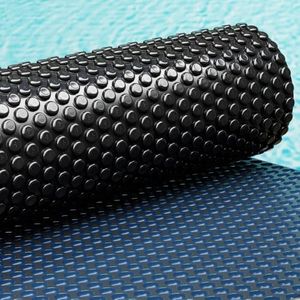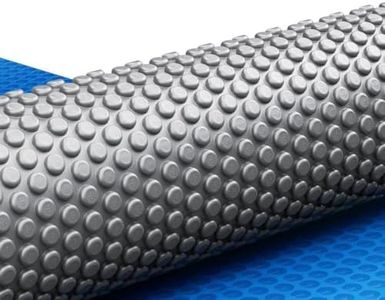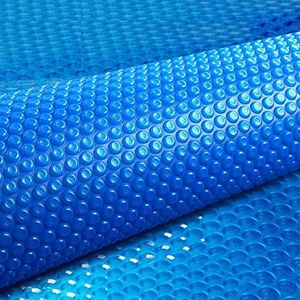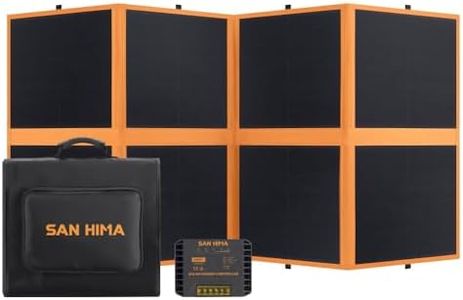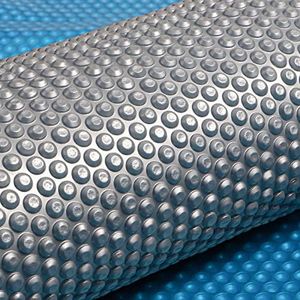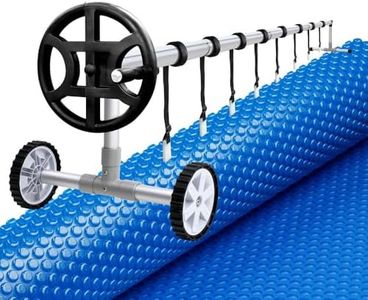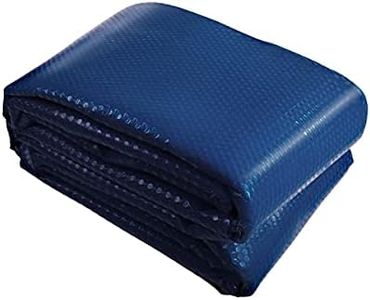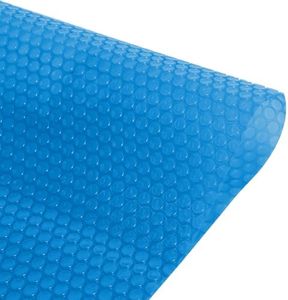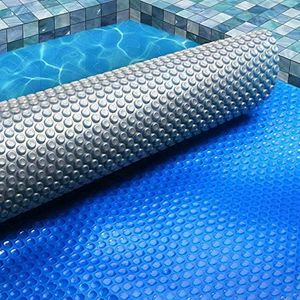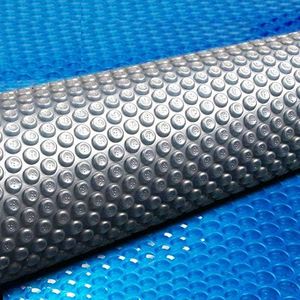We Use CookiesWe use cookies to enhance the security, performance,
functionality and for analytical and promotional activities. By continuing to browse this site you
are agreeing to our privacy policy
10 Best Solar Blankets
From leading brands and best sellers available on the web.Buying Guide for the Best Solar Blankets
Solar blankets are portable devices that capture sunlight and convert it into electricity, commonly used for camping, RVing, or outdoor adventures. Choosing the right solar blanket involves understanding not only your power needs but also the practical features—like portability, durability, and ease of use. Think first about what you'd like to power: just a smartphone, or multiple devices and batteries? Where and how will you use the blanket—will you be moving a lot, or mostly set up in one place? By matching features to your lifestyle and requirements, you’ll find a solar blanket that feels like it’s made just for you.Wattage (Power Output)Wattage tells you how much electrical power the solar blanket can generate from sunlight—simply, more watts means more devices can be charged, or faster charging. Smaller blankets around 20-50W are good for phones and small devices, mid-range (60-120W) can handle tablets and some small laptops, and higher wattage (over 120W) can run portable fridges and charge larger battery packs. To pick the right wattage, tally up all the devices you want to charge and check their power requirements. If you travel light and charge only essentials, a lower output is fine. If you’re powering a small camp or lots of gadgets, a higher output makes sense.
Physical Size and PortabilityPhysical size refers to the dimensions of the blanket when folded and unfolded, which impacts how easy it is to transport and set up. Compact, lightweight options are best for backpacking or if you have limited space. Larger blankets may be heavier and bulkier, but give more power and are better for fixed campsites or car trips. You should consider if you'll be carrying it a long way or just setting it up near your vehicle—go small if weight matters, go larger if you want more power and don’t mind extra bulk.
Material and Build QualityThe material and overall construction affect a solar blanket’s durability and its ability to withstand outdoor conditions like rain, heat, dust, or accidental drops. Most good solar blankets use weather-resistant fabric and protective layers for the solar panels. Thin, lightweight materials are great for portability but may not last as long if used roughly. If you're going to rugged, dusty, or wet spots, or plan to use the blanket often, look for tough, weatherproof designs. For casual use in fair conditions, lighter materials may suffice.
Connector & Charging OptionsSolar blankets come with different types of built-in connectors like USB, DC, or Anderson plugs, determining what devices you can charge directly. USB is common for phones and small gadgets, while DC/Anderson suits larger batteries or camp gear. Some blankets include built-in regulators or adapters for easy use with various devices. Think about what you need to charge most, and make sure the blanket offers compatible connectors. If you want to charge more than just phones, look for versatile output options.
Efficiency RateEfficiency tells you how much sunlight the solar cells can turn into usable power. Typical rates range from around 18% up to 23% or higher for premium panels. Higher efficiency means you get more power from a smaller size—which is useful if you have limited sunny space or want to travel light. If you expect tough conditions or less-than-ideal sunlight, prioritize higher efficiency to get the most energy possible.
Water and Weather ResistanceSince solar blankets are often used outdoors, resistance to water, dust, and UV is important for long-lasting performance. Ratings like IPX4 or IP67 indicate levels of weather and splash protection. If you plan to use your solar blanket in unpredictable weather, at the beach, or in muddy places, ensure it has suitable weatherproofing. For indoor or mild weather use, basic protection is usually sufficient.
